#finno-ugric
Text
Anyone else out there reflecting on this?

#Finno-Ugric#Finland#Buranovskiye Babushki#Käärijä#Loreen#finland were robbed#Eurovision#esc23#Eurovision 2023
582 notes
·
View notes
Text

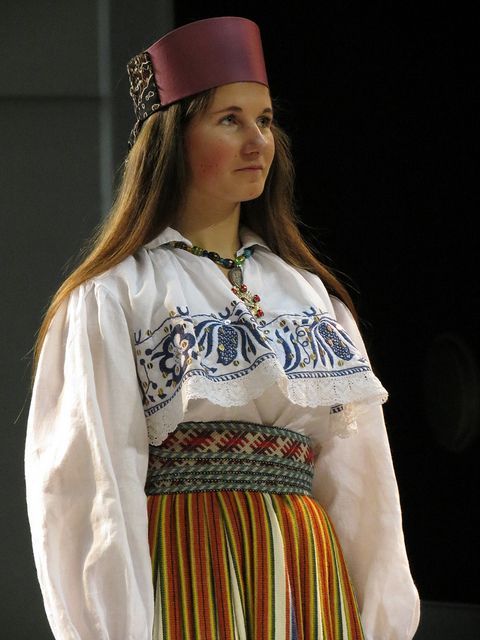
Folk costumes of Harjumaa (North Estonia), St Martin's Day Fair, Nov. 8, 2012 - Priit Halberg
141 notes
·
View notes
Text
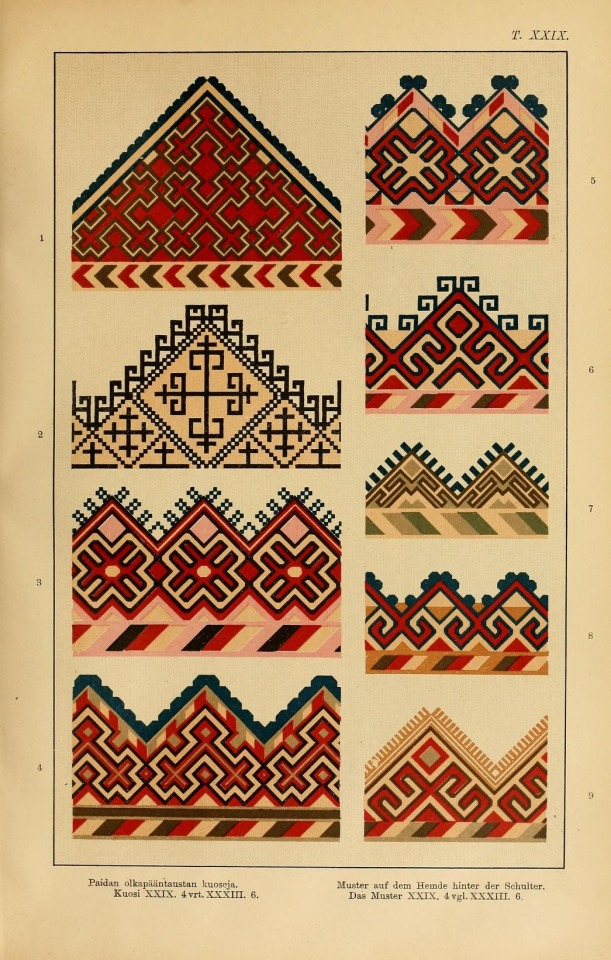



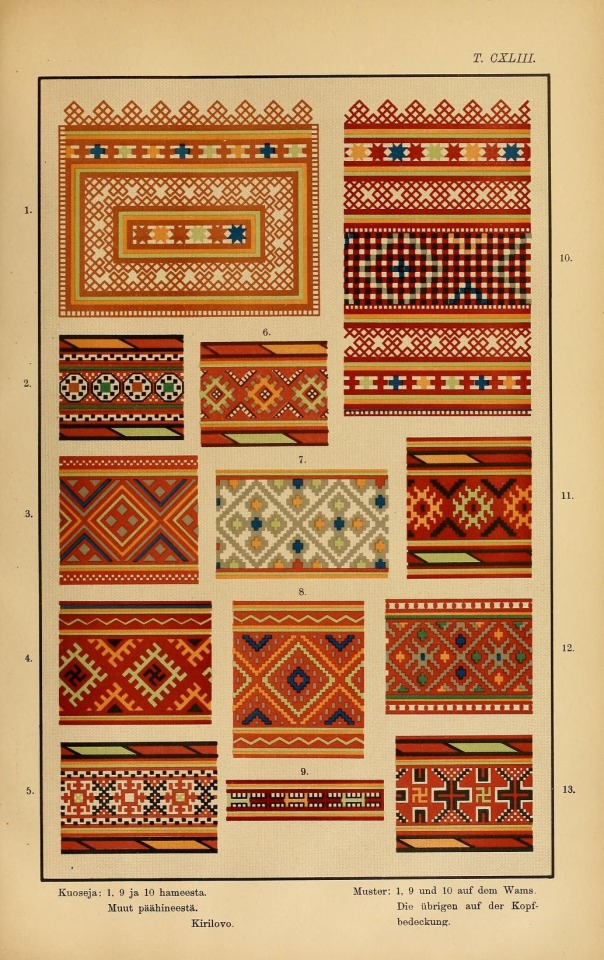

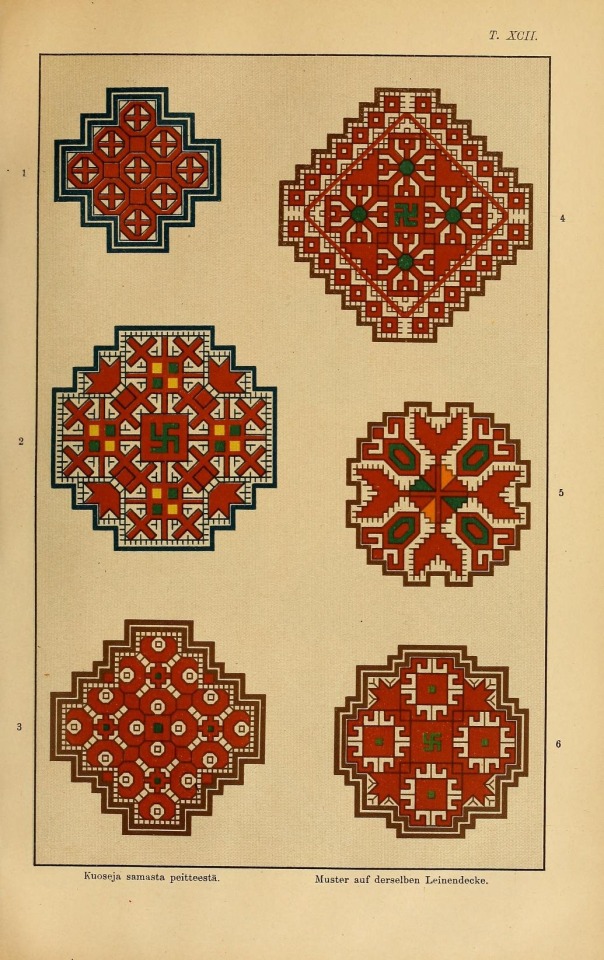

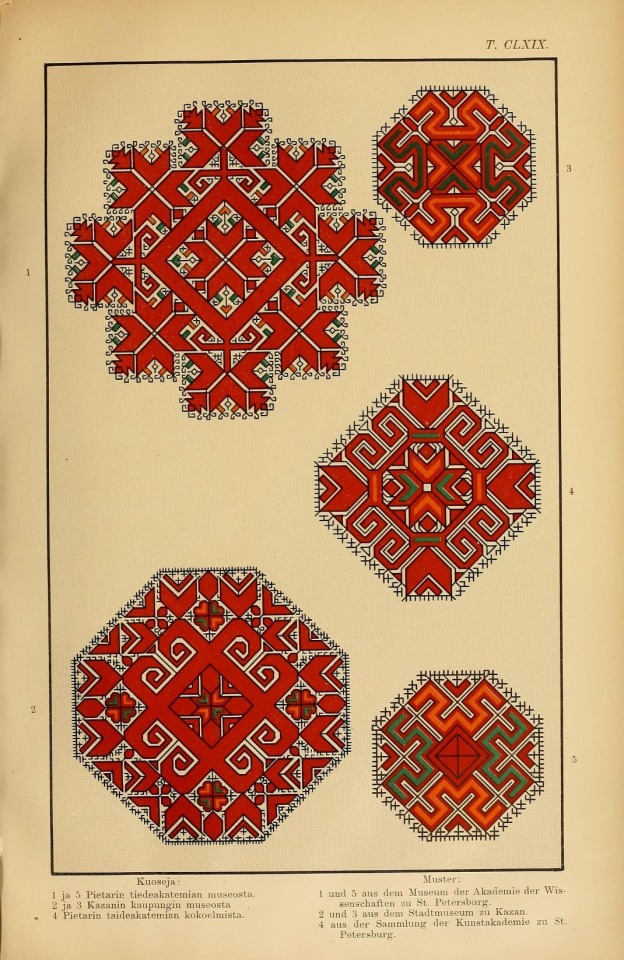



Mordovian patterns. 1899
Мордовские узоры. 1899
from Mordvalaisten pukuja kuoseja by Axel Olai Heikel
#non-russian#indigenous russian#indigenous russia#Finno-Ugric#finno-ugric#Mordovia#Мордовия#Mordovian culture#Культура Мордвины#reference
314 notes
·
View notes
Text
youtube
"The Tale of the Mari Land" (1966)
4 notes
·
View notes
Text
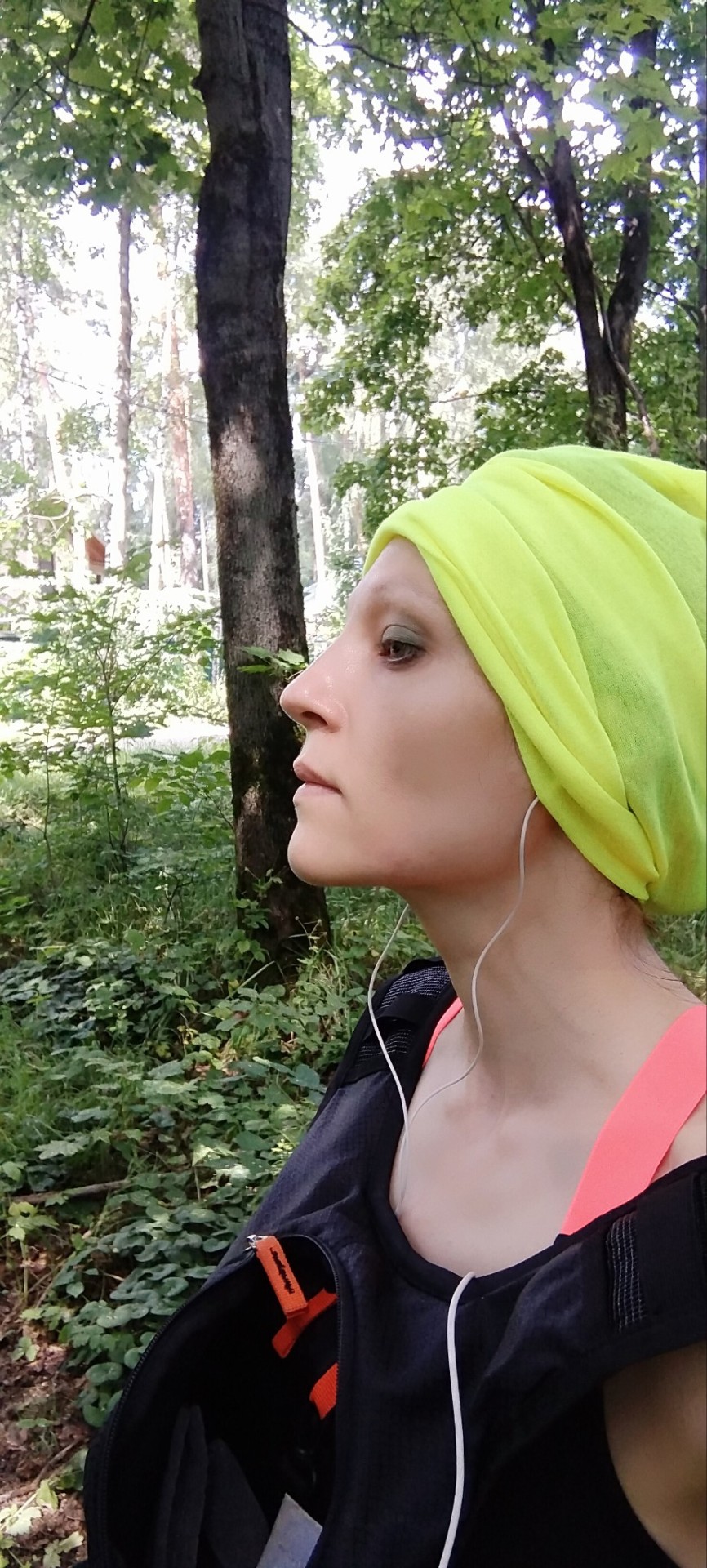





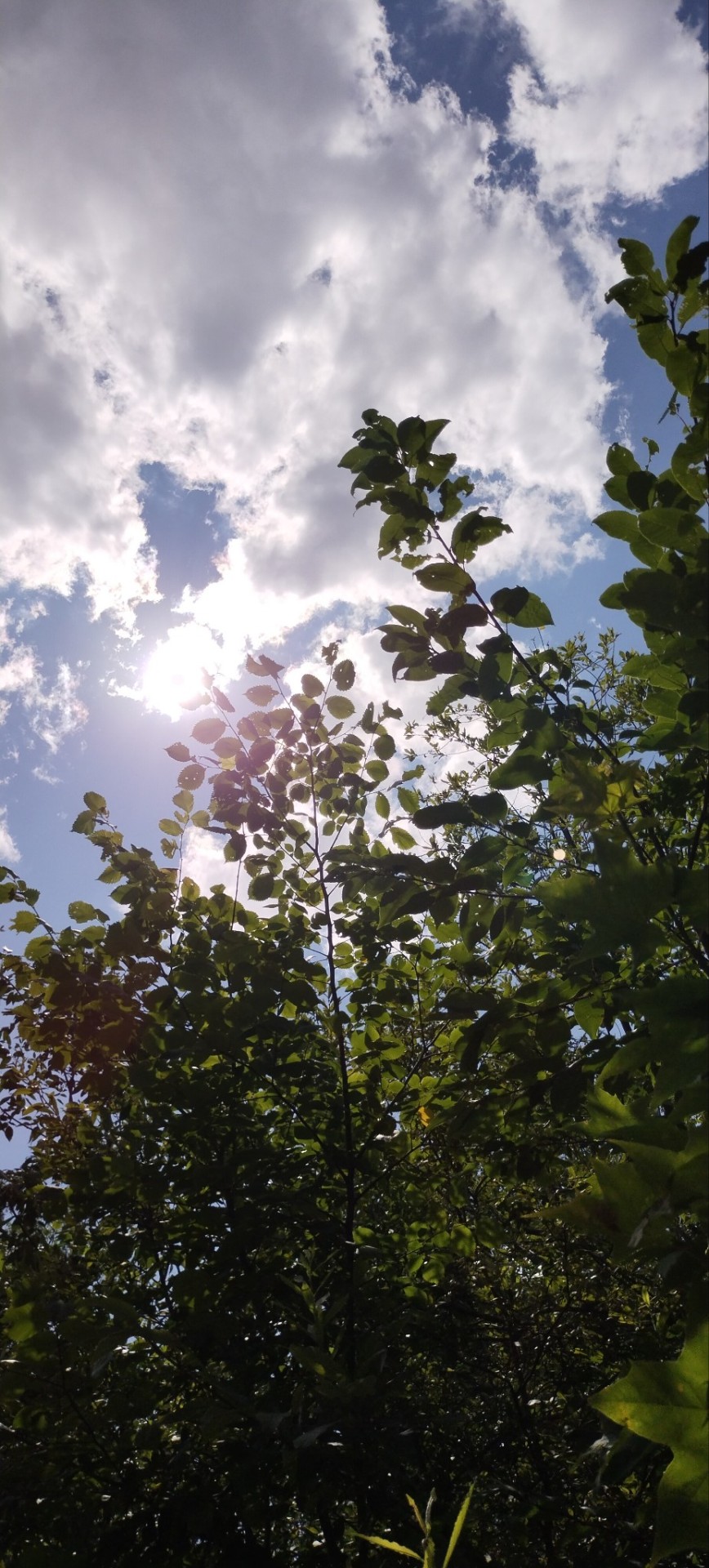

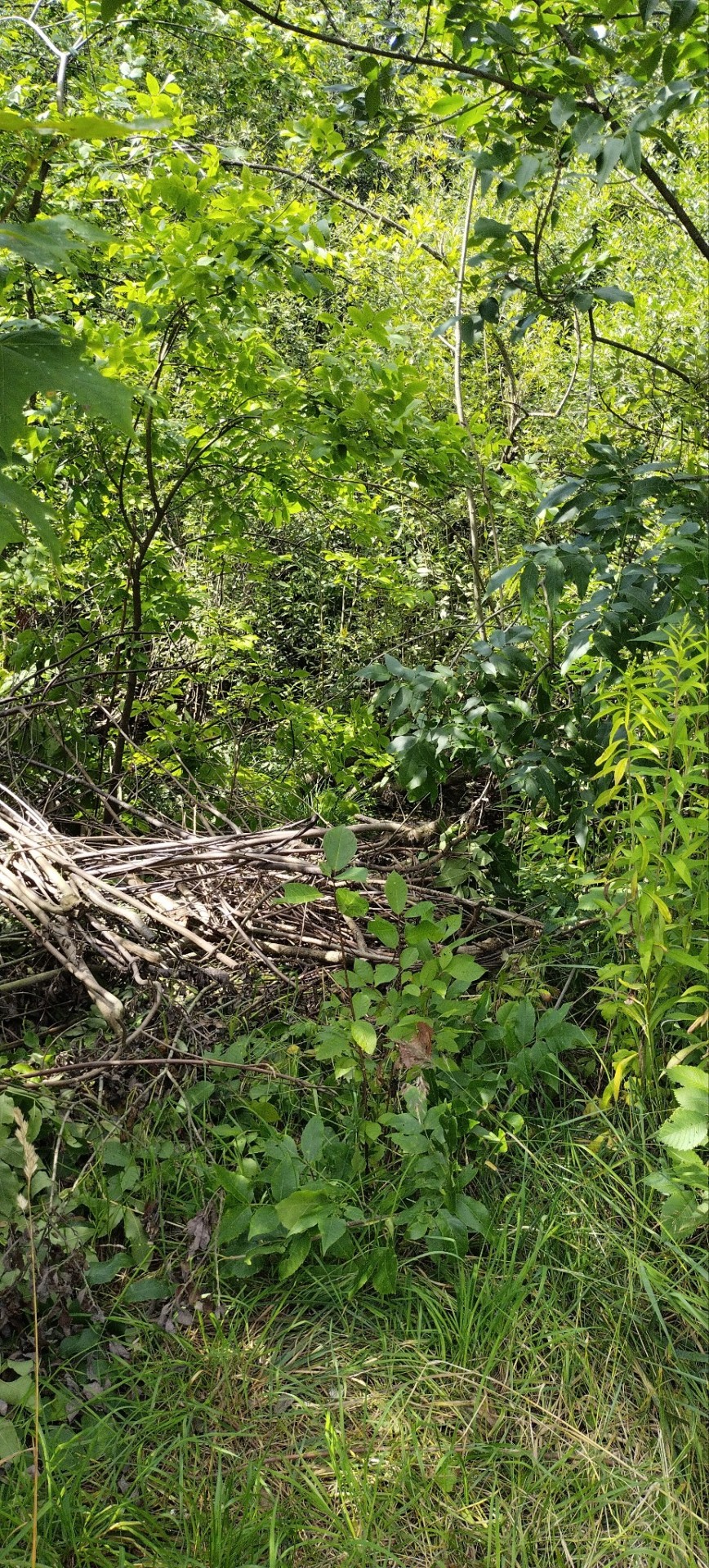
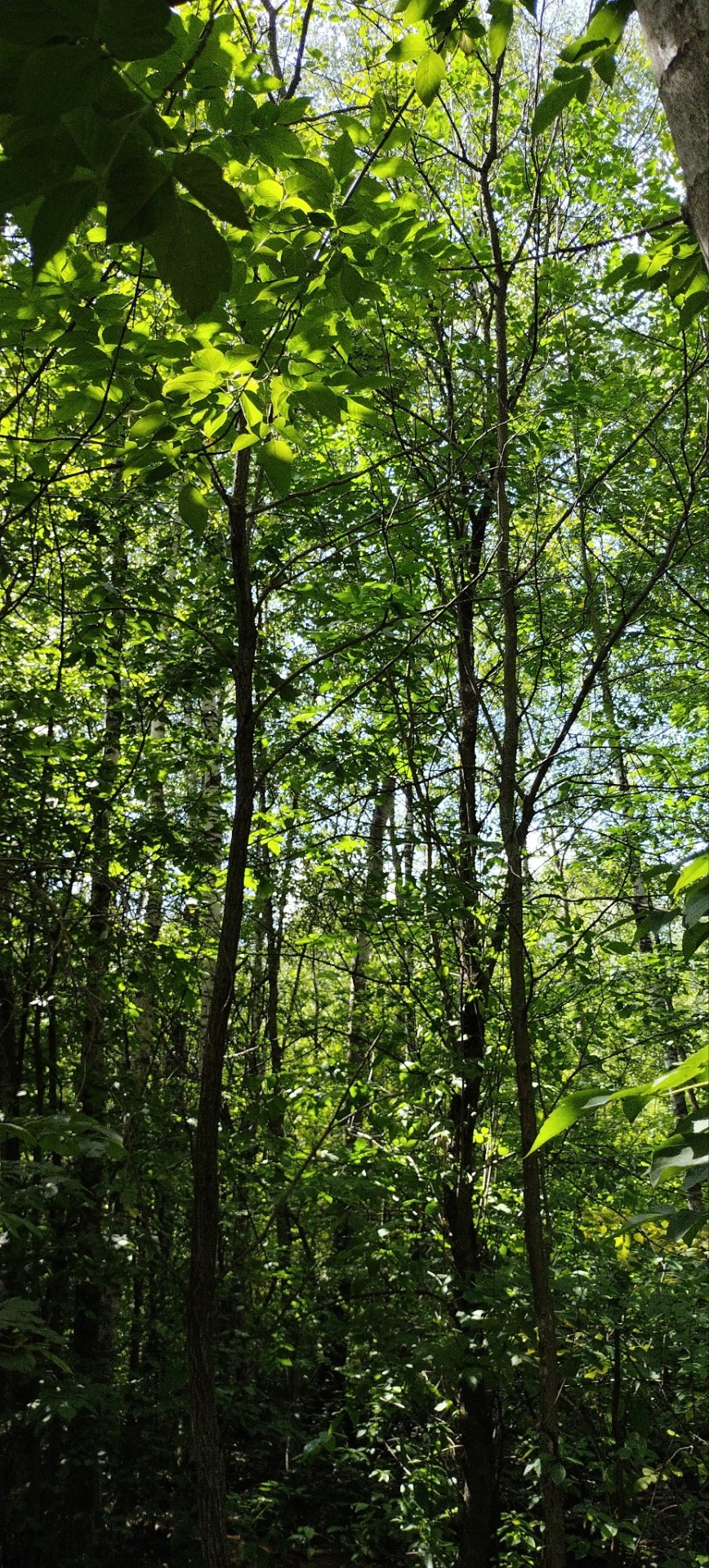
2 notes
·
View notes
Text

Siberian languages in the 1600s
20 notes
·
View notes
Text


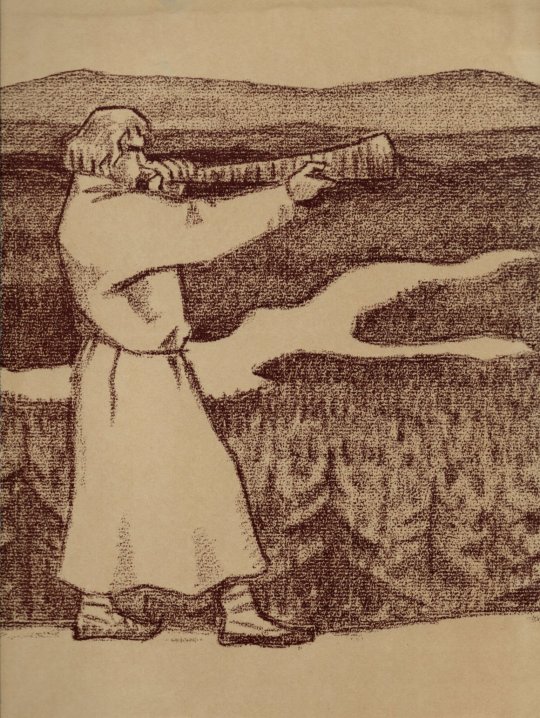
Erkki Tanttu, 1935
5 notes
·
View notes
Text
youtube
Садова Марина - Ой, йолташем
Тылат лийже тиде мурем, тиде мурем, йолташем.
Тылеч вара ом кол ынде йолташ манме мутетым.
0 notes
Text
sometimes language families fuck me up a bit. like hi we used to sit around the same fire and we saw the same birds flying south and our children climbed in the same trees but then we parted ways and now we might not understand each other at all but maybe we can still recognize each others words for the moon.
#yeah thats it thats the post.#sadi.txt#this post is especially for my beloved finno-ugrics but indo-europeans are fine too since youre everywhere anyway#and this post is also brought to you by me who recognized a few erzya words and. hi youre like distant cousins to me.
7K notes
·
View notes
Photo

/ Dmitry Ermakov
0 notes
Text
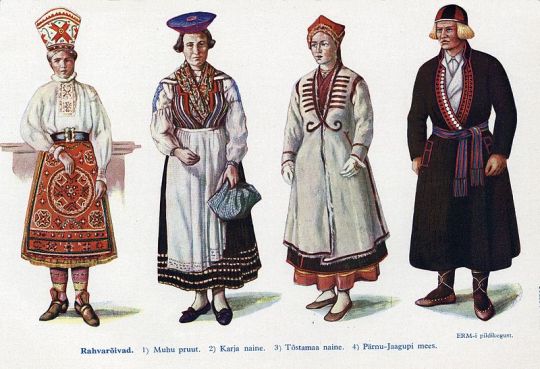

Estonian Folk Costumes
111 notes
·
View notes
Text
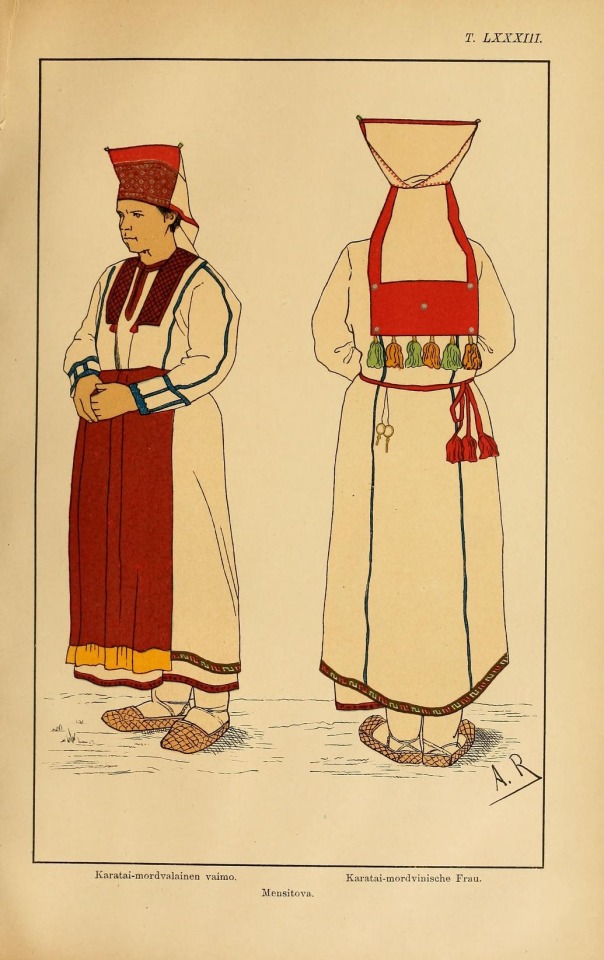

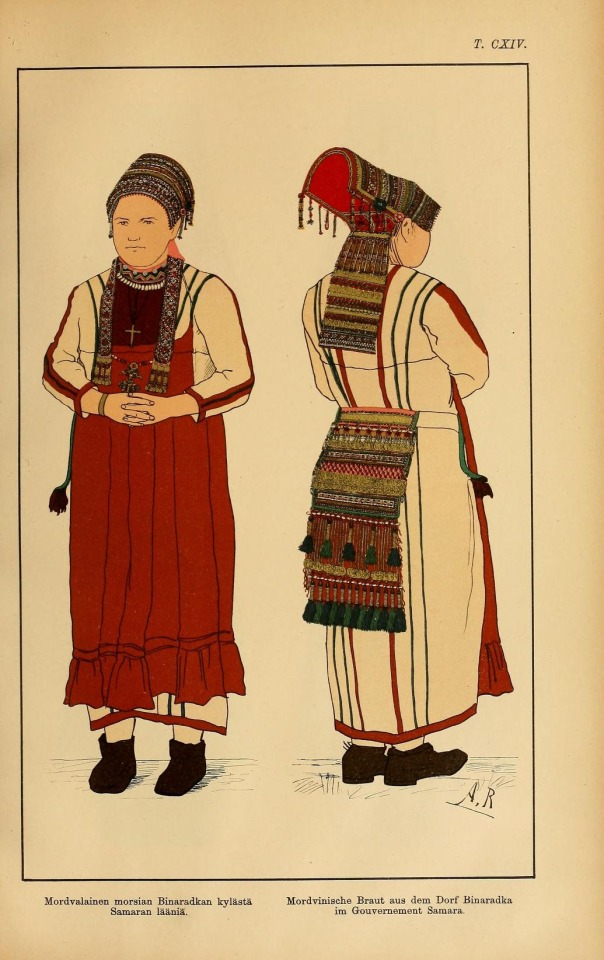
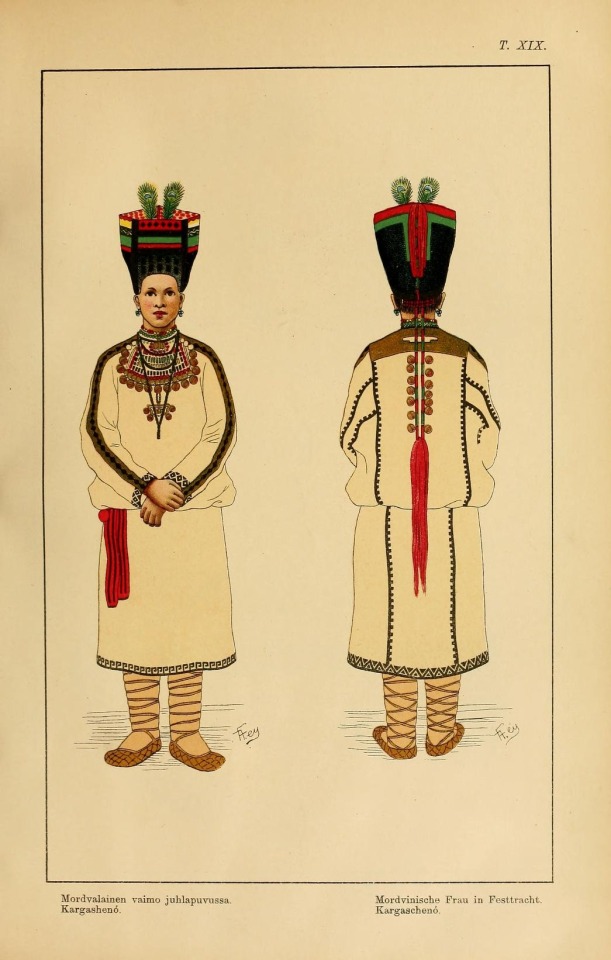


Mordovian female costume. 1899
Мордовский женский костюм. 1899
from Mordvalaisten pukuja kuoseja by Axel Olai Heikel
#non-russian#indigenous russian#indigenous russia#Finno-Ugric#finno-ugric#Mordovia#Мордовия#Mordovian culture#Культура Мордвины#reference
79 notes
·
View notes
Photo
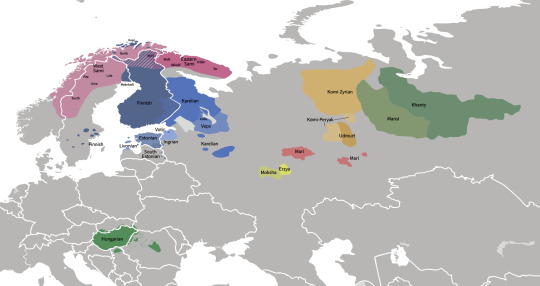
Finno-Ugric languages distribution map
214 notes
·
View notes
Text
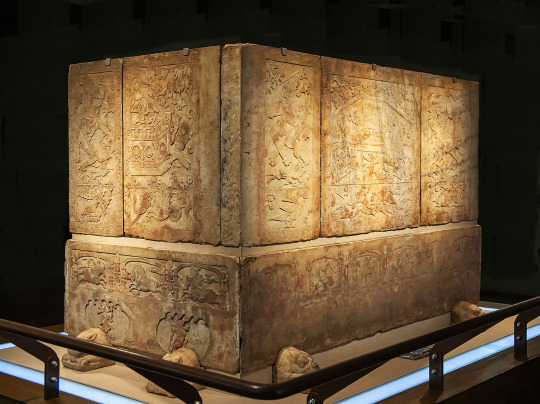

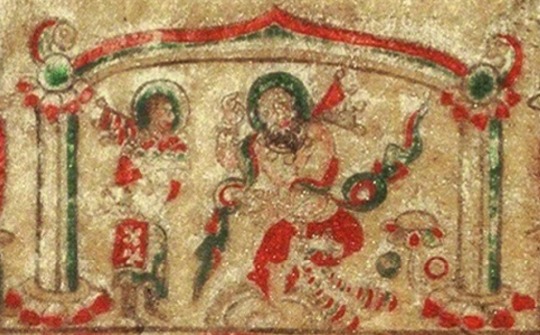

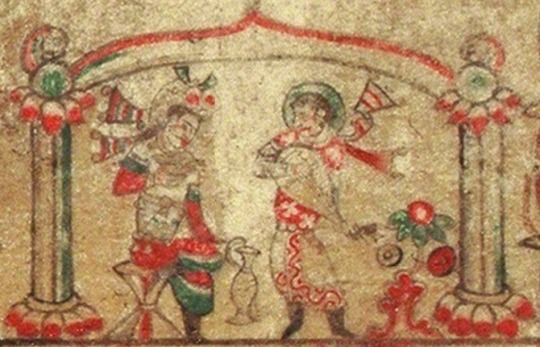




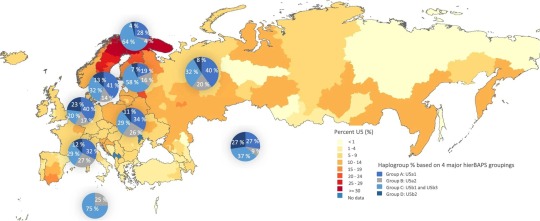
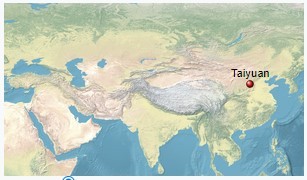
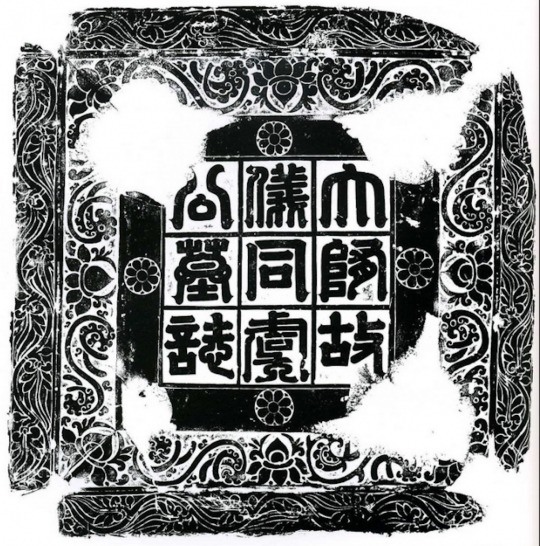
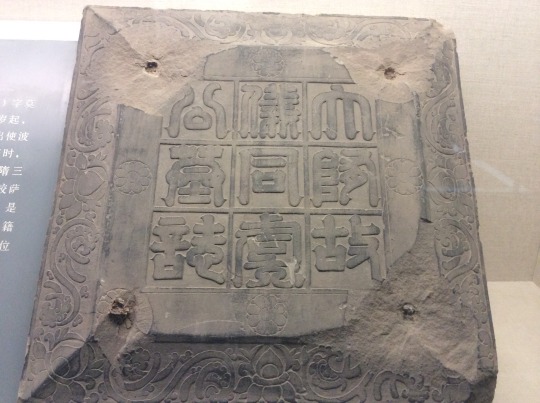

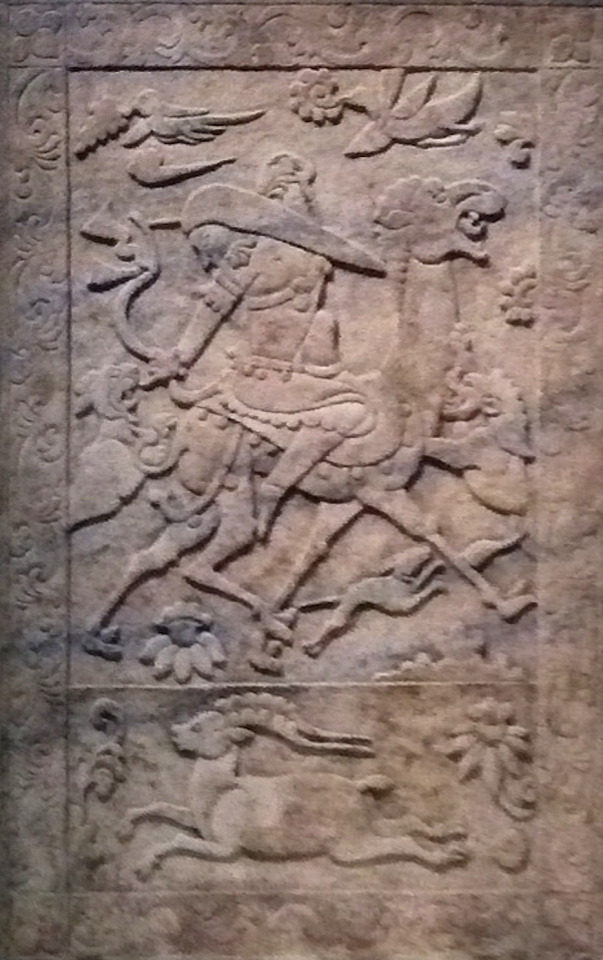
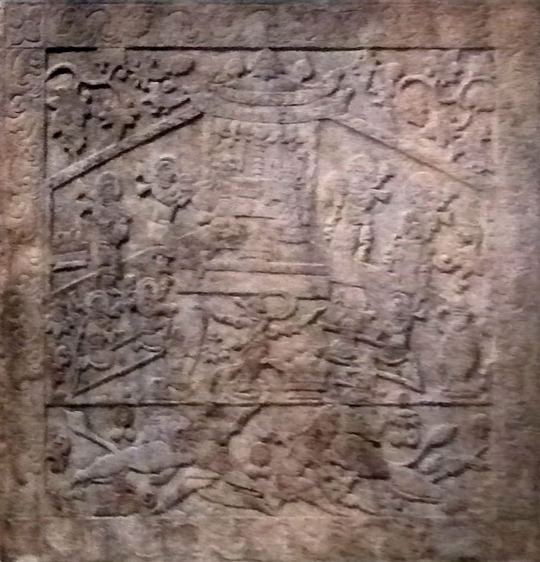
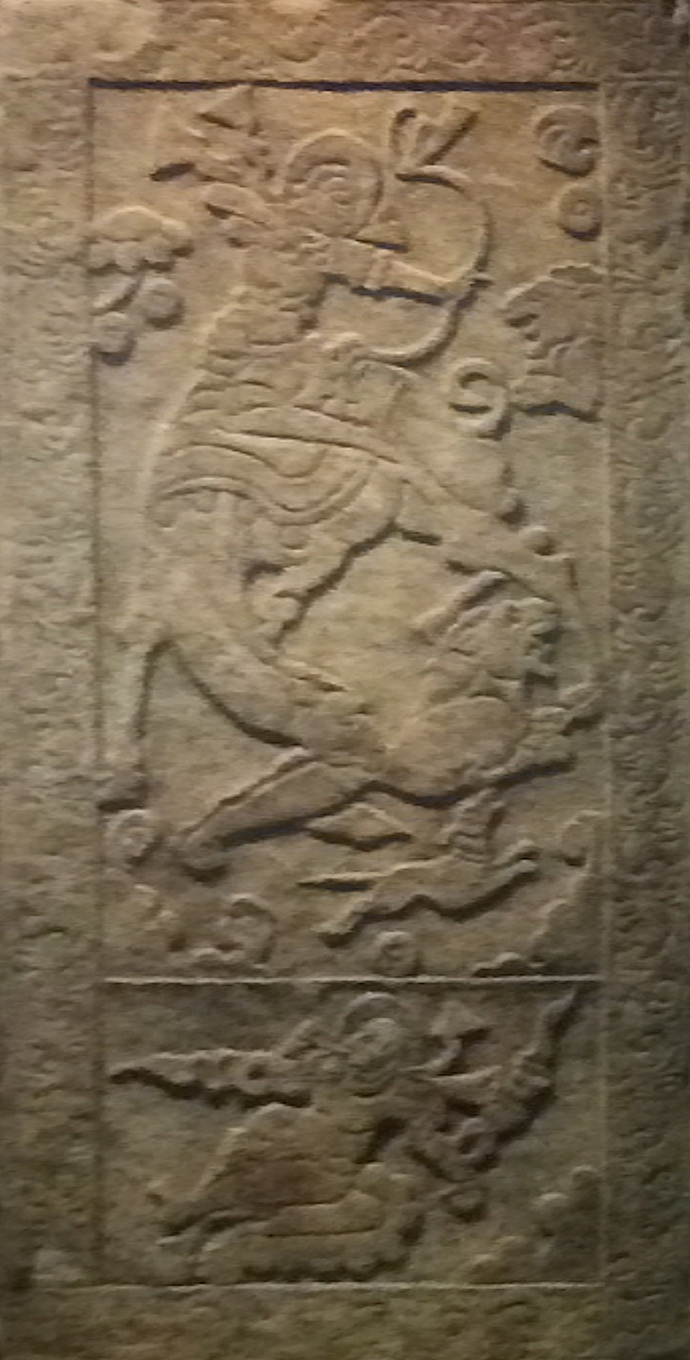
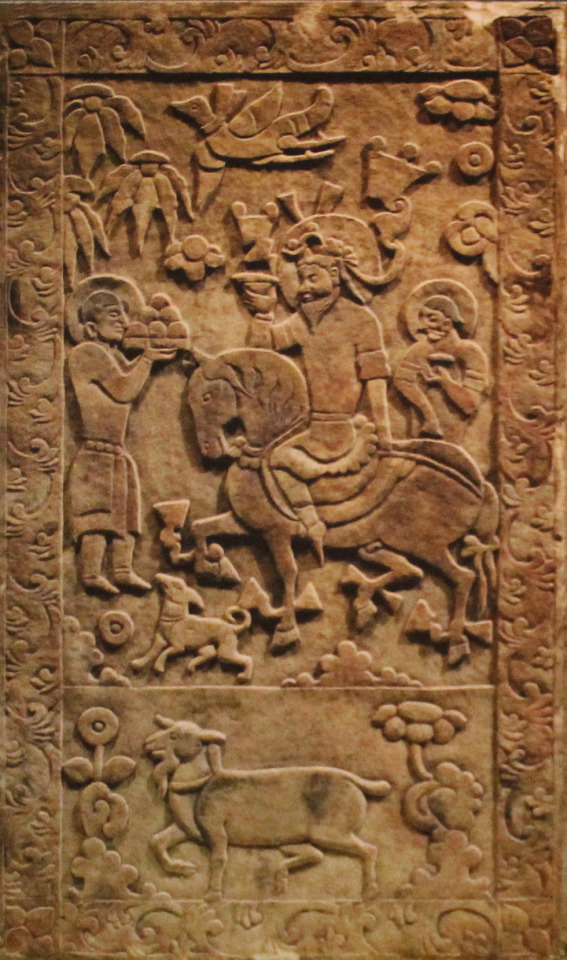
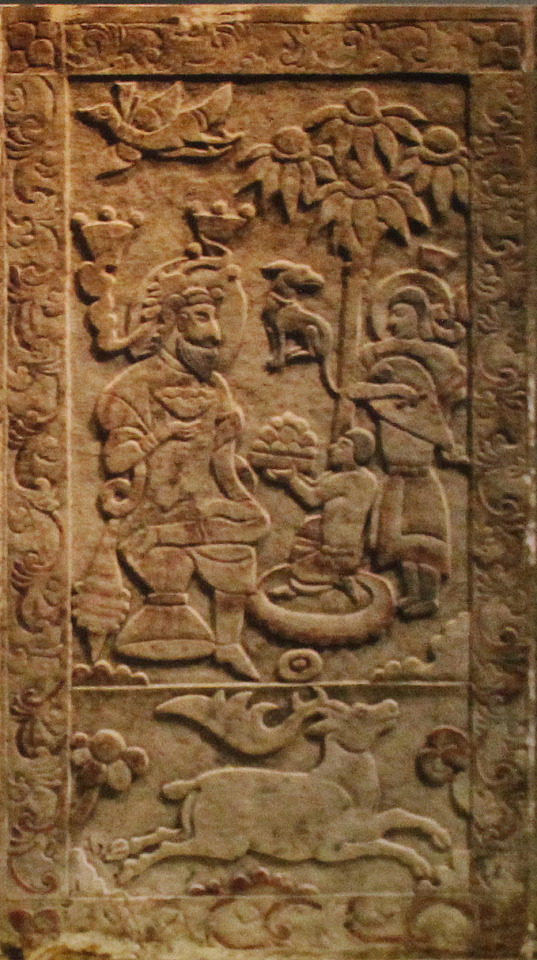
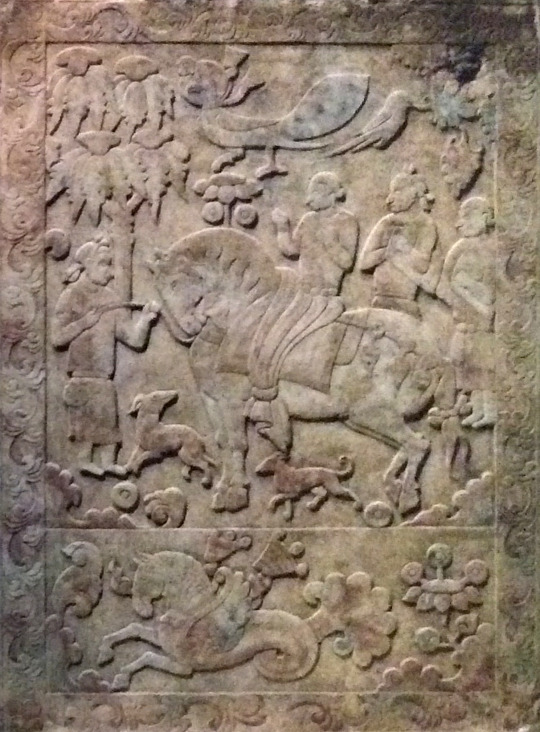
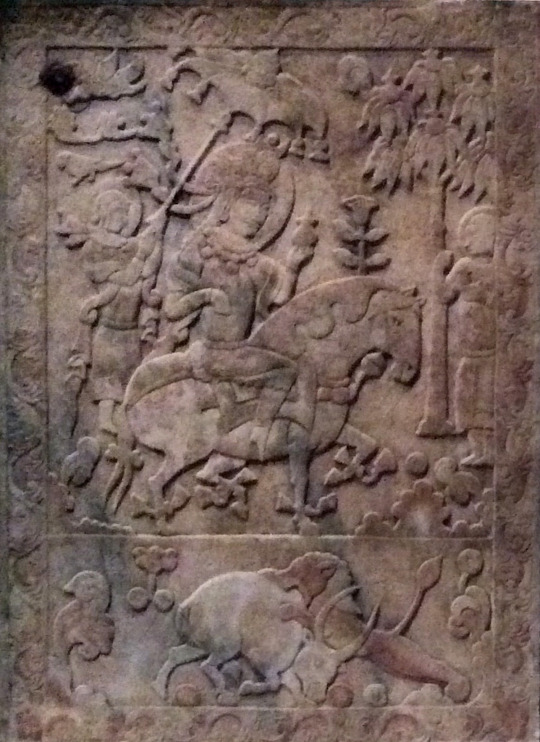
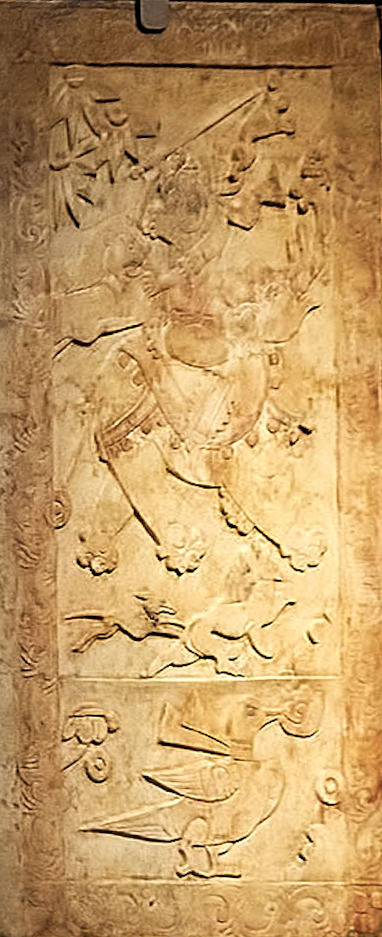
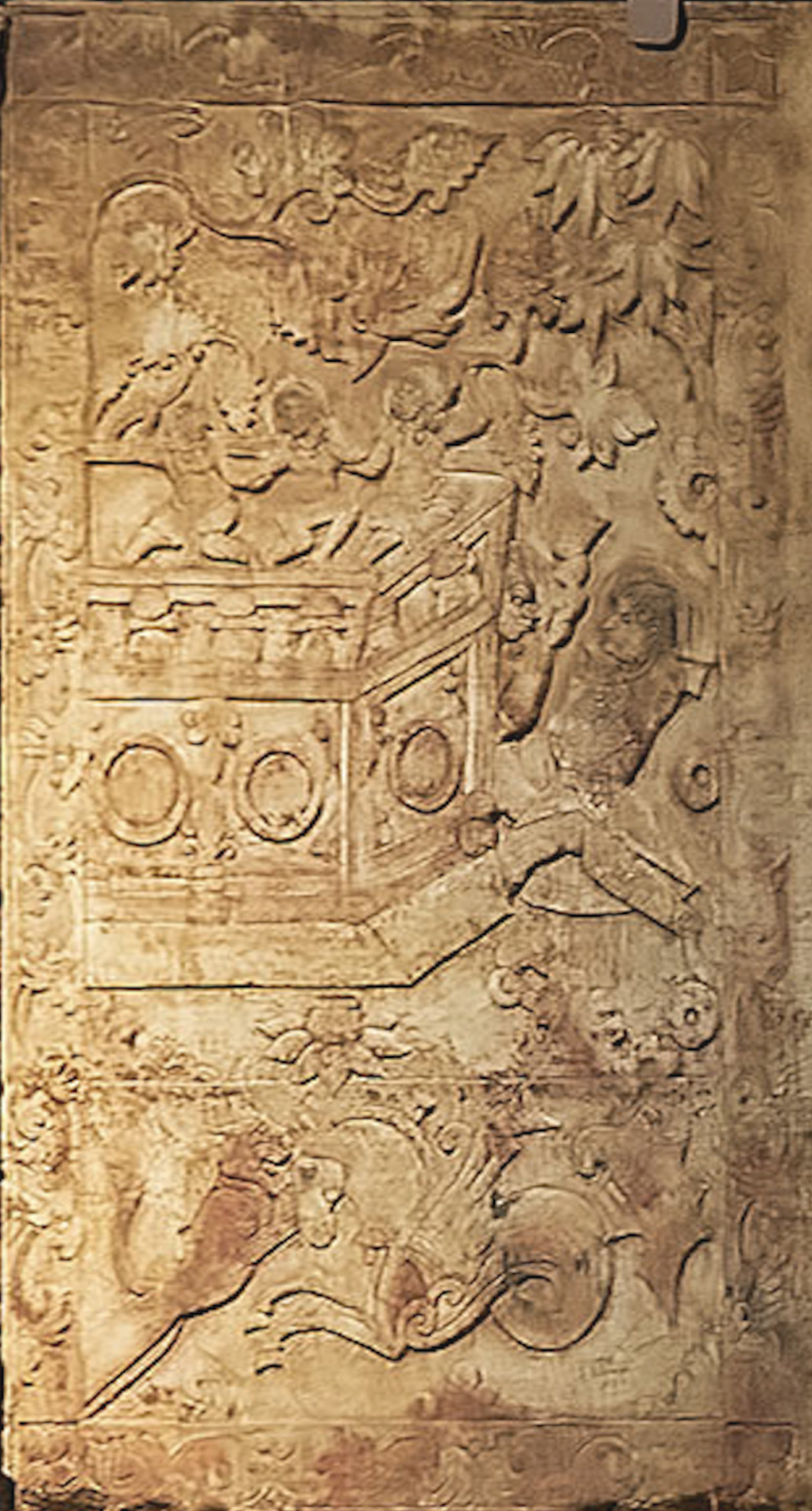

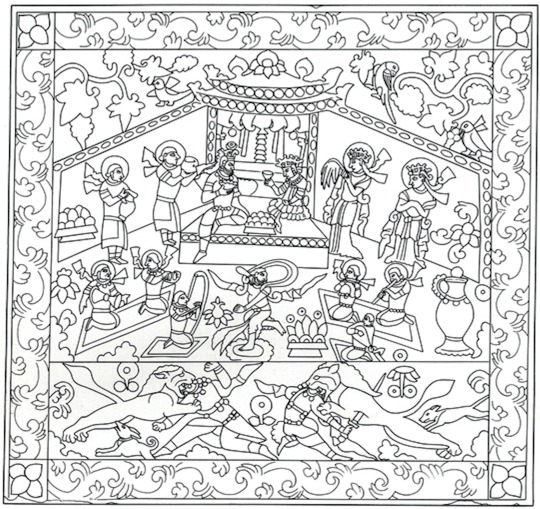
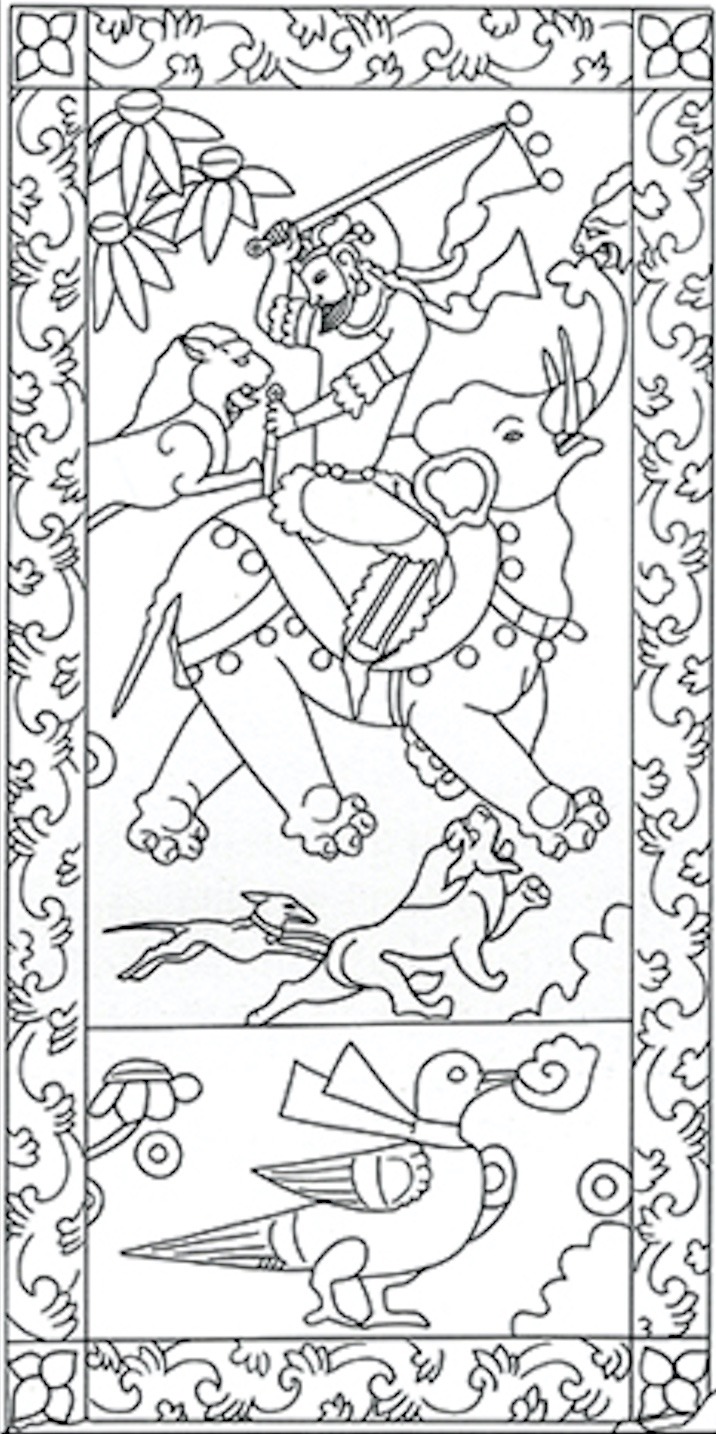
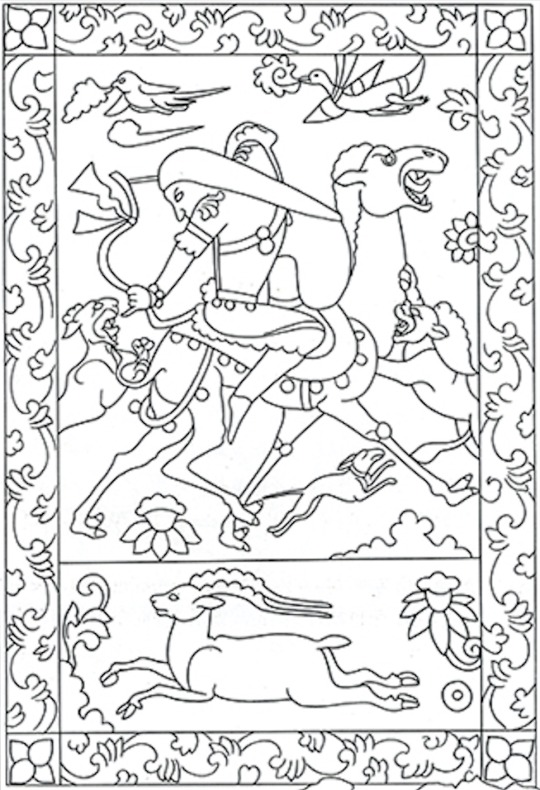



Tomb of Yu Hong 592-598 CE. Link to my blog at bottom with more sources and description of individual images.
This is probably a Sogdian tomb. Interestingly, the man has a haplogroup that was widespread amongst the blue-eyed Mesolithic/Neolithic Western Hunter Gatherers (WHG are probably where blue eyes originated from) and the haplogroup is found today most prominently in Sami, Finns, and Estonians. His wife has a haplogroup found prominently amongst East Asians. Based on her East Asian origins and the inclusion of some Turkic-looking people in the tomb's artwork I would assume she was probably a Turk, herself. The long-haired men without halos (e.g. panel 4) are probably Turks, that was a typical appearance for them during this time period. Men from other surrounding populations such as the Sogdians, Huns, Tocharians, etc. typically kept shorter hair that didn't go past their shoulders. More info:
"The man buried in the tomb went by Yu Hong (Chinese: 虞弘; pinyin: Yú Hóng; Wade–Giles: Yü Hung; 533–592 AD), with Mopan (莫潘) as his courtesy name, who was a Central Asian, probably of Persian or Sogdian origin, and practiced Zoroastrianism. He had settled in Early Middle Period China during the Northern Qi, Northern Zhou and Sui dynasties. This tomb is so far the only archaeological find in the Central Plains region that reflects Central Asian (Western Regions) culture. The epitaph found in the tomb records that he was a noble of the city of Yü-ho-lin / Yuhelin (尉紇驎) in the mysterious Yu country (魚國), assumably for which he is named, because the two characters 虞 and 魚 are homophones.
According to the epitaph, Yu Hong started his career in service of the nomadic tribe at the time, known as Ruru. At the age of 13, he was posted as an emissary to Persia by the Khagan of Ruru, as well as Parthia, Tuyuhun and Yuezhi. Later he went on a mission to the Northern Qi, Northern Zhou and Sui dynasties. He served as chien-chiao sa-pao fu / jianjiao sabao fu (檢校薩保府, lit. “acting director of the office of Zoroastrian affairs”, or “Sogdian affairs”) during the Northern Zhou period. The term sa-pao / sabao (薩保) comes from the Sogdian s′rtp′w, means a “caravan leader”.
He had later served as a provincial governor in the Sui dynasty government, a chieftain of the Central Asian people who had settled in China during that period. Yu Hong died at the age of 59 in 592 AD. His wife survived him by six years, and was buried in the same grave in 598 AD.
A study on ancient DNA reveals that Yu Hong belonged to the haplogroup U5, one of the oldest western Eurasian-specific haplogroups, while his wife can be classified as haplogroup G, the type prevalent in East Asia.
The age of U5 is estimated at between 25,000 and 35,000 years old, roughly corresponding to the Gravettian culture. Approximately 11% of Europeans (10% of European-Americans) have some variant of haplogroup U5.
U5 was the predominant mtDNA of mesolithic Western Hunter Gatherers (WHG) [this is where blue eyes probably originated from].
U5 has been found in human remains dating from the Mesolithic in England, Germany, Lithuania, Poland, Portugal, Russia, Sweden, France and Spain. Neolithic skeletons (~7,000 years old) that were excavated from the Avellaner cave in Catalonia, northeastern Spain included a specimen carrying haplogroup U5.
Haplogroup U5 and its subclades U5a and U5b today form the highest population concentrations in the far north, among Sami, Finns, and Estonians. However, it is spread widely at lower levels throughout Europe. This distribution, and the age of the haplogroup, indicate individuals belonging to this clade were part of the initial expansion tracking the retreat of ice sheets from Europe around 10,000 years ago.
U5 was the main haplogroup of mesolithic European hunter gatherers. U haplogroups were present at 83% in European hunter gatherers before influx of Middle Eastern farmer and steppe Indo-European ancestry decreased its frequency to less than 21%.
Today, haplogroup G is found at its highest frequency in indigenous populations of the lands surrounding the Sea of Okhotsk. It is an East Asian haplogroup. Haplogroup G is one of the most common mtDNA haplogroups among modern Ainu, Siberian, Mongol, Tibetan and Central and North Asian Turkic peoples people (as well as among people of the prehistoric Jōmon culture in Hokkaidō). It is also found at a lower frequency among many other populations of East Asia, Central Asia, Bangladesh, Sri Lanka, and Nepal. However, unlike other mitochondrial DNA haplogroups typical of populations of northeastern Asia, such as haplogroup A, haplogroup C, and haplogroup D, haplogroup G has not been found among indigenous peoples of the Americas."
-taken from Wikipedia
#sogdiana#indo european#ancient china#ancient history#antiquities#history#art#museums#sculpture#statue#ancient#turkic#eurasian#finnish#estonian#finno ugric#genetics
129 notes
·
View notes
Text
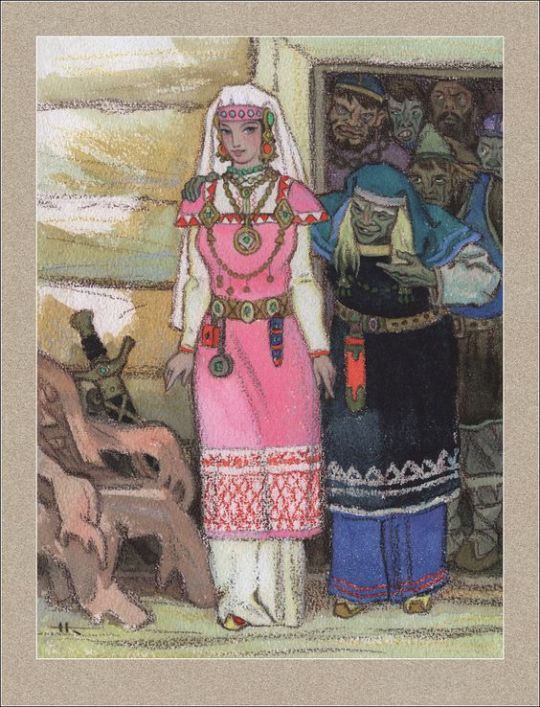
Karelian-Finnish epic Kalevala. Illustrator Nikolai Kochergin.
28 notes
·
View notes
Text
I finally took the time to finish (pardon the pun) reading the Kalevala Crawford translation! Here's the link to the online cache, for those interested.

One of my favorite passages:
Lemminkainen, much dejected,
Broken-hearted, flushed with anger,
Spake these words in measured accents:
“Mother dear, my gray-haired mother,
Wilt thou straightway wash my linen
In the blood of poison-serpents,
In the black blood of the adder?
I must hasten to the combat,
To the camp-fires of the Northland,
To the battle-fields of Lapland;
To the village went Kyllikki,
To the play of merry maidens,
To the games and village dances,
With the maids of braided tresses.”
Straightway speaks the wife, Kyllikki:
“My beloved husband, Ahti,
Do not go to war, I pray thee.
In the evening I lay sleeping,
Slumbering I saw in dream-land
Fire upshooting from the chimney,
Flames arising, mounting skyward,
From the windows of this dwelling,
From the summits of these rafters,
Piercing through our upper chambers,
Roaring like the fall of waters,
Leaping from the floor and ceiling,
Darting from the halls and doorways.”
#kalevala#finnish culture#finno-ugric peoples#sources#culture#ressources#poetry#folklore#history#historical#research#paganism#writings
20 notes
·
View notes